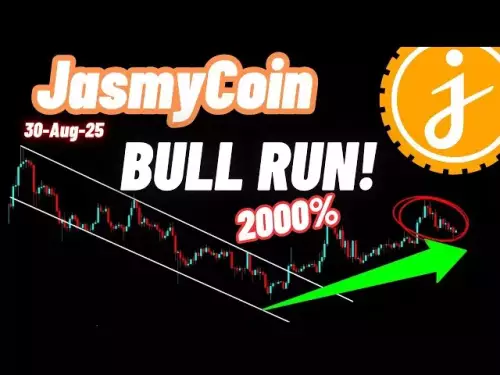-
 Bitcoin
Bitcoin $108800
0.43% -
 Ethereum
Ethereum $4353
0.12% -
 Tether USDt
Tether USDt $1.000
-0.01% -
 XRP
XRP $2.809
-0.56% -
 BNB
BNB $858.7
-0.02% -
 Solana
Solana $201.2
-1.21% -
 USDC
USDC $0.9999
0.00% -
 Dogecoin
Dogecoin $0.2153
1.48% -
 TRON
TRON $0.3385
0.33% -
 Cardano
Cardano $0.8194
-0.22% -
 Chainlink
Chainlink $23.37
0.07% -
 Hyperliquid
Hyperliquid $44.01
0.08% -
 Ethena USDe
Ethena USDe $1.001
0.01% -
 Sui
Sui $3.289
0.87% -
 Stellar
Stellar $0.3592
-0.16% -
 Bitcoin Cash
Bitcoin Cash $542.1
1.62% -
 Cronos
Cronos $0.3106
11.50% -
 Avalanche
Avalanche $23.74
1.06% -
 Hedera
Hedera $0.2256
-0.15% -
 UNUS SED LEO
UNUS SED LEO $9.496
0.22% -
 Litecoin
Litecoin $110.2
0.47% -
 Toncoin
Toncoin $3.125
2.15% -
 Shiba Inu
Shiba Inu $0.00001234
1.67% -
 Polkadot
Polkadot $3.791
0.69% -
 Uniswap
Uniswap $9.688
1.54% -
 Dai
Dai $0.0000
-0.01% -
 Bitget Token
Bitget Token $4.531
0.00% -
 Aave
Aave $316.4
1.13% -
 Monero
Monero $257.2
-0.14% -
 Ethena
Ethena $0.6525
2.68%
How to trade cryptocurrencies on Gemini ActiveTrader?
Get started on Gemini ActiveTrader by creating an account, funding it, and using advanced tools like limit orders and real-time charts to trade efficiently.
Aug 31, 2025 at 12:19 am
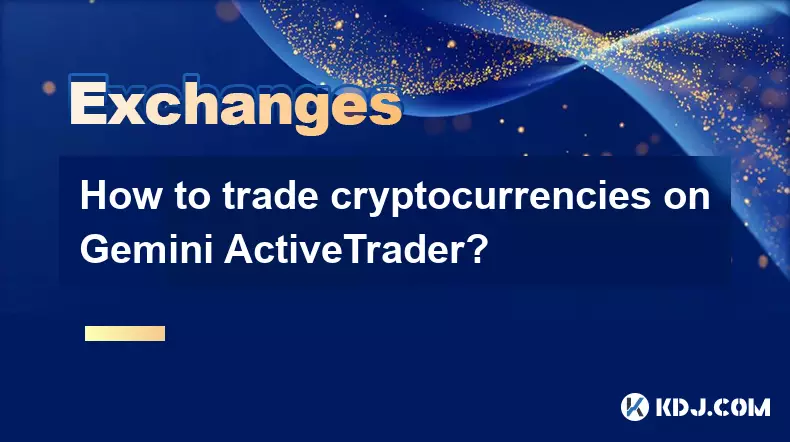
Getting Started with Gemini ActiveTrader
1. To begin trading on Gemini ActiveTrader, users must first create an account on the Gemini platform. This involves providing personal information, completing identity verification, and enabling two-factor authentication for enhanced security. Once the account is verified, funds can be deposited using bank transfers, debit cards, or by transferring cryptocurrencies from external wallets.
2. After funding the account, navigate to the ActiveTrader interface, which is designed for experienced traders seeking advanced tools. The layout features real-time order books, price charts, and multiple order types. Familiarizing yourself with the interface ensures smoother execution of trades and better decision-making based on market data.
3. It is essential to understand the fee structure on ActiveTrader. Unlike the standard Gemini exchange, ActiveTrader uses a maker-taker model. Traders who place limit orders that add liquidity (makers) often receive lower fees or rebates, while those who execute market orders (takers) pay slightly higher fees. Monitoring these fees helps optimize trading strategies and reduce long-term costs.
Executing Trades with Precision
1. To place a trade, select the desired cryptocurrency pair, such as BTC/USD or ETH/USD. Analyze the current market price using the available charting tools, including candlestick patterns and volume indicators. These tools assist in identifying potential entry and exit points based on technical analysis.
2. Choose the appropriate order type. ActiveTrader supports limit orders, market orders, stop-limit orders, and trailing stops. Limit orders allow traders to set a specific price for buying or selling, ensuring control over execution price, while market orders execute immediately at the best available rate. Stop-limit orders are useful for managing risk by triggering a limit order once a specified price is reached.
3. Confirm the trade details, including the amount, price, and estimated fees, before submitting the order. Once placed, open orders appear in the active orders section, where they can be modified or canceled if conditions change. Monitoring open positions is crucial, especially in volatile markets where prices can shift rapidly.
Leveraging Advanced Tools and Features
1. The ActiveTrader platform includes customizable workspaces, enabling users to arrange charts, order books, and trade history according to preference. Traders can save multiple layouts for different strategies, such as scalping, day trading, or swing trading, improving efficiency during active sessions.
2. Real-time market depth visualization helps assess supply and demand at various price levels. This information is valuable when deciding whether to place large orders, as it reveals potential slippage and liquidity gaps. Understanding market depth allows for more strategic order placement, minimizing the impact on the market price.
3. Integrated technical analysis tools include drawing functions, Fibonacci retracements, and multiple time frame views. These features support in-depth chart analysis, helping traders identify trends, support and resistance levels, and potential reversal zones without relying on external software.
Risk Management and Security Practices
1. Active trading carries inherent risks due to market volatility. Setting stop-loss orders is a common practice to limit potential losses on a trade. Position sizing should also be carefully considered, ensuring that no single trade jeopardizes a significant portion of the trading capital.
2. Gemini employs robust security measures, including cold storage for the majority of assets, regular security audits, and insurance coverage for digital assets held on the platform. Traders should still enable all available security features on their accounts, such as two-factor authentication and withdrawal whitelists, to prevent unauthorized access.
3. Avoid using public Wi-Fi when trading and regularly review account activity for any suspicious transactions. Keeping software and devices updated reduces the risk of malware compromising login credentials or private keys.
Frequently Asked Questions
What are the minimum deposit requirements on Gemini ActiveTrader?Gemini does not enforce a minimum deposit for funding an account. Users can deposit as little as $1 or the equivalent in cryptocurrency. However, trading fees may influence the practical minimum amount needed to trade efficiently.
Can I use margin trading on Gemini ActiveTrader?No, Gemini ActiveTrader does not currently offer margin or leverage trading. All trades must be executed with available funds in the account, promoting a lower-risk trading environment compared to platforms that allow borrowing.
How do I switch from the standard Gemini exchange to ActiveTrader?After logging in, users can access ActiveTrader by clicking on the “ActiveTrader” tab located at the top of the trading interface. The transition is seamless, and balances are shared across both platforms.
Are there mobile trading capabilities for ActiveTrader?Yes, the Gemini mobile app includes ActiveTrader functionality, allowing users to place advanced orders, view charts, and manage positions from iOS and Android devices. The mobile interface is optimized for touch navigation while retaining key features of the desktop version.
Disclaimer:info@kdj.com
The information provided is not trading advice. kdj.com does not assume any responsibility for any investments made based on the information provided in this article. Cryptocurrencies are highly volatile and it is highly recommended that you invest with caution after thorough research!
If you believe that the content used on this website infringes your copyright, please contact us immediately (info@kdj.com) and we will delete it promptly.
- Litecoin Price, Sell Pressure, and the Golden Cross: Navigating the Crypto Seas
- 2025-08-31 07:05:14
- Dogecoin's Journey: From Meme to Mainstream Asset Class?
- 2025-08-31 07:25:17
- BlockchainFX: Your Second Shot at Crypto Riches? (1000x Coin Alert!)
- 2025-08-31 07:30:13
- BlockDAG, Crypto Market, and Regulatory Landscape: A New York Minute
- 2025-08-31 07:35:17
- Bitcoin, Space Station, and Fiat Collapse: Is Saylor Right About the Future?
- 2025-08-31 05:45:14
- XRP, DOGE, MAGAX: Unpacking the Hype and Predicting the Future
- 2025-08-31 06:05:16
Related knowledge
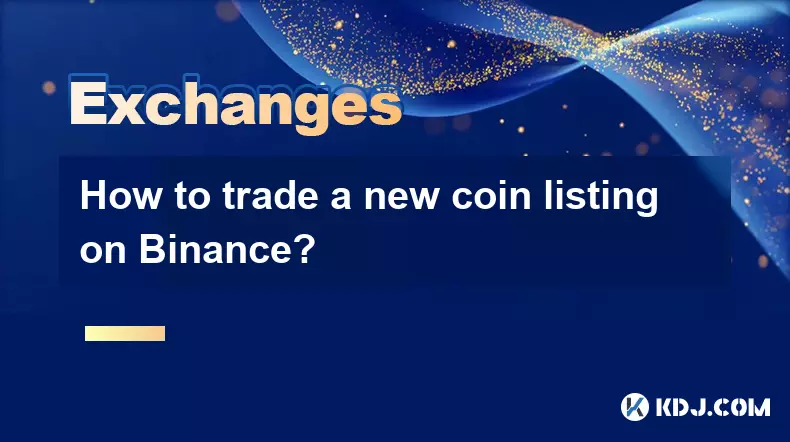
How to trade a new coin listing on Binance?
Aug 29,2025 at 11:14am
Understanding the Pre-Listing Phase1. Research the project thoroughly before any listing announcement. Whitepapers, team backgrounds, and community se...
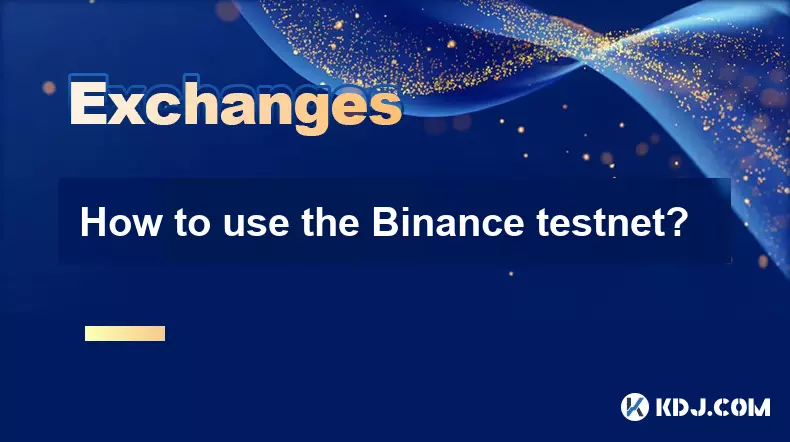
How to use the Binance testnet?
Aug 31,2025 at 02:19am
Understanding the Binance Testnet Environment1. The Binance testnet is a simulated version of the Binance Smart Chain (BSC) that allows developers and...
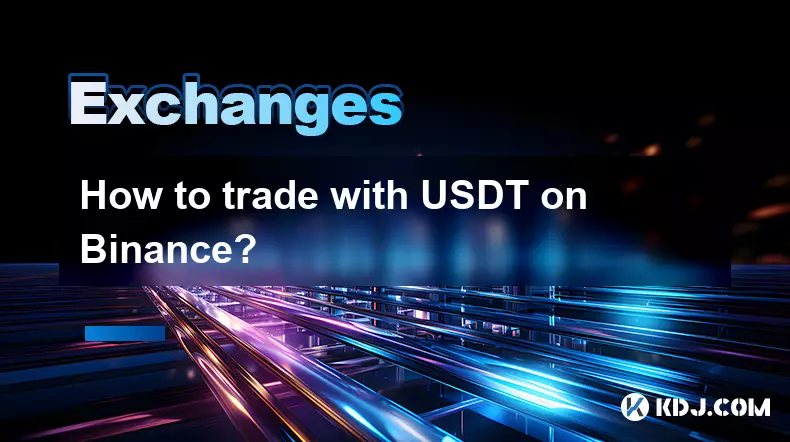
How to trade with USDT on Binance?
Aug 30,2025 at 02:19am
Getting Started with USDT Trading on Binance1. Create and verify your Binance account. Visit the official Binance website and complete the registratio...
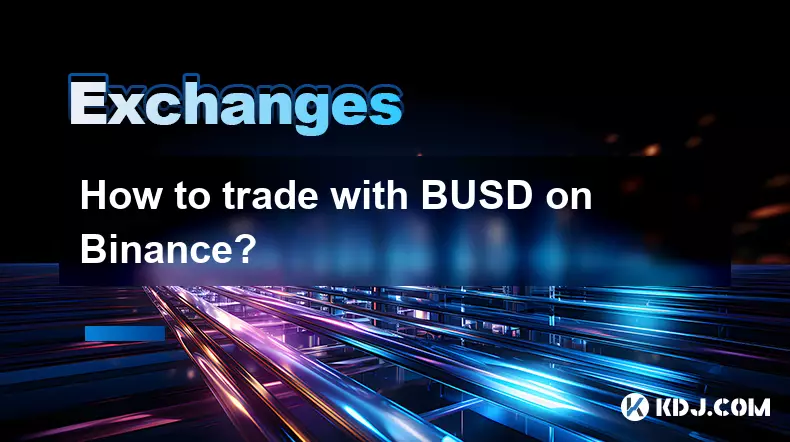
How to trade with BUSD on Binance?
Aug 30,2025 at 07:42am
Understanding BUSD and Its Role in Binance Trading1. BUSD, or Binance USD, is a stablecoin pegged to the value of the U.S. dollar, meaning 1 BUSD is a...
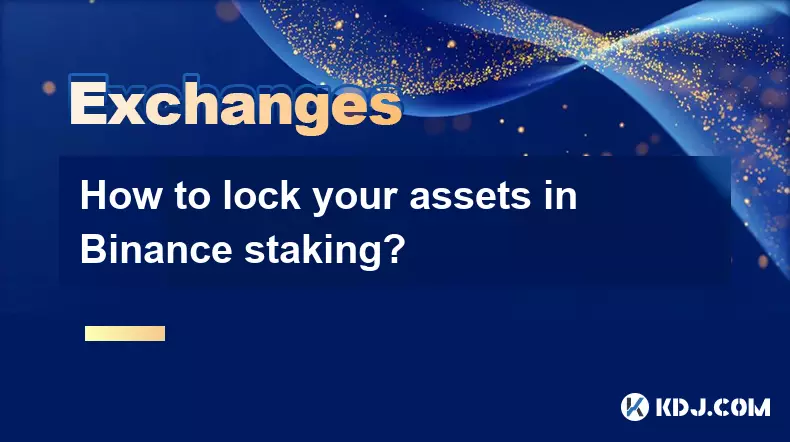
How to lock your assets in Binance staking?
Aug 30,2025 at 01:37pm
Understanding Binance Staking Options1. Binance offers multiple staking products including Locked Staking, DeFi Staking, and Liquid Staking. Each prod...
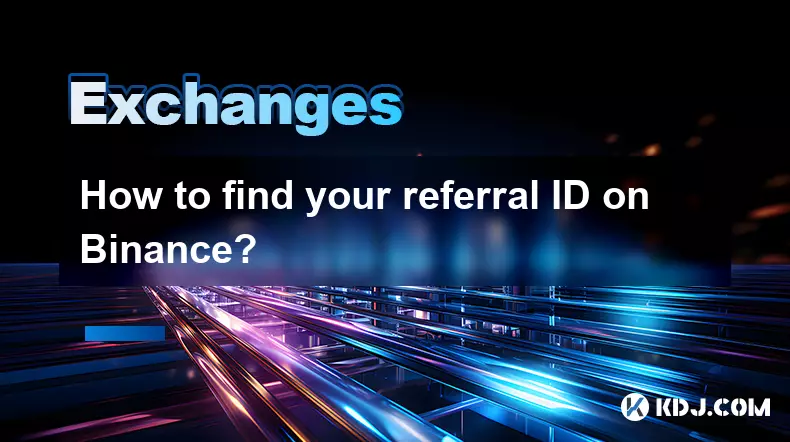
How to find your referral ID on Binance?
Aug 30,2025 at 12:18am
Understanding the Importance of a Referral ID on Binance1. A referral ID on Binance is a unique identifier assigned to each user who participates in t...

How to trade a new coin listing on Binance?
Aug 29,2025 at 11:14am
Understanding the Pre-Listing Phase1. Research the project thoroughly before any listing announcement. Whitepapers, team backgrounds, and community se...

How to use the Binance testnet?
Aug 31,2025 at 02:19am
Understanding the Binance Testnet Environment1. The Binance testnet is a simulated version of the Binance Smart Chain (BSC) that allows developers and...

How to trade with USDT on Binance?
Aug 30,2025 at 02:19am
Getting Started with USDT Trading on Binance1. Create and verify your Binance account. Visit the official Binance website and complete the registratio...

How to trade with BUSD on Binance?
Aug 30,2025 at 07:42am
Understanding BUSD and Its Role in Binance Trading1. BUSD, or Binance USD, is a stablecoin pegged to the value of the U.S. dollar, meaning 1 BUSD is a...

How to lock your assets in Binance staking?
Aug 30,2025 at 01:37pm
Understanding Binance Staking Options1. Binance offers multiple staking products including Locked Staking, DeFi Staking, and Liquid Staking. Each prod...

How to find your referral ID on Binance?
Aug 30,2025 at 12:18am
Understanding the Importance of a Referral ID on Binance1. A referral ID on Binance is a unique identifier assigned to each user who participates in t...
See all articles























